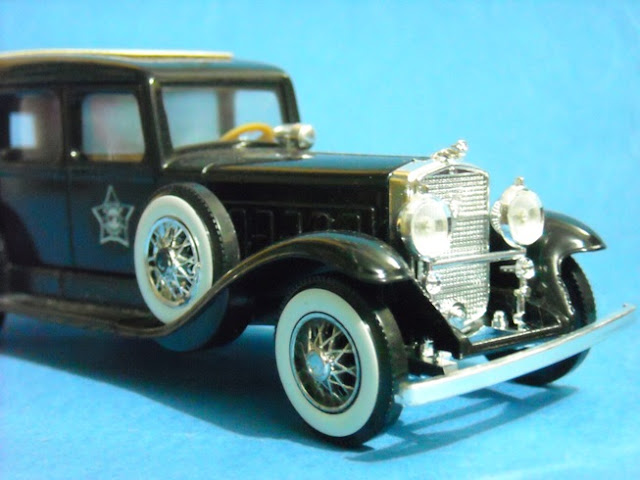Some facts from Wikipedia:
The Rolls-Royce Silver Cloud was the core model of the Rolls-Royce Motor Cars
range from April 1955 until March 1966. It replaced the Silver Dawn and was, in
turn, replaced by the Silver Shadow.
The J. P. Blatchley design was a major change from the pre-war models and the
highly derivative Silver Dawn.
As part of a range rationalisation the Bentley S1 is very similar, apart from
its radiator.
Silver Cloud I. The chassis was a simple steel box section, welded together and very rigid.
Construction retained the traditional split between chassis and body, which
facilitated the provision of special bodied versions though in practice the
overwhelming majority of cars were delivered with the standard steel body shell,
produced by Pressed Steel, and employing light weight aluminium based alloy for
the doors, bonnet/hood and boot/trunk lid. The car was 5.38 m (212 in) long,
1.90 m (75 in) wide, and massed 1.95 tonnes. The engine was a 155 hp / 4000 rpm
4.9 L six-cylinder unit with inlet over exhaust valves: twin SU carburettors
were added in September 1957. The standard transmission was a four-speed
automatic.
Brakes were hydraulic and assisted by the Rolls-Royce mechanical servo with 11
in (279.4 mm) drums and suspension was independent coils at the front and
semi-elliptic springs at the rear. Twin brake master cylinders were incorporated
from April 1956.
Power steering became an option in 1956 along with air conditioning.
A long wheel base version, lengthened by 4 in (101.6 mm), was also made
available in September 1957, outwardly very similar to the existing car, but
offering improved leg space for rear seat passengers.
The British Motor magazine tested a standard wheel base factory bodied Series I
in 1956 recording a top speed of 102.9 mph (165.6 km/h) and acceleration from
0-60 mph (97 km/h) in 13.5 seconds and a fuel consumption of 14.5 miles per
imperial gallon (19.5 L/100 km; 12.1 mpg-US). The test car cost £5078 including
taxes.
range from April 1955 until March 1966. It replaced the Silver Dawn and was, in
turn, replaced by the Silver Shadow.
The J. P. Blatchley design was a major change from the pre-war models and the
highly derivative Silver Dawn.
As part of a range rationalisation the Bentley S1 is very similar, apart from
its radiator.
Silver Cloud I. The chassis was a simple steel box section, welded together and very rigid.
Construction retained the traditional split between chassis and body, which
facilitated the provision of special bodied versions though in practice the
overwhelming majority of cars were delivered with the standard steel body shell,
produced by Pressed Steel, and employing light weight aluminium based alloy for
the doors, bonnet/hood and boot/trunk lid. The car was 5.38 m (212 in) long,
1.90 m (75 in) wide, and massed 1.95 tonnes. The engine was a 155 hp / 4000 rpm
4.9 L six-cylinder unit with inlet over exhaust valves: twin SU carburettors
were added in September 1957. The standard transmission was a four-speed
automatic.
Brakes were hydraulic and assisted by the Rolls-Royce mechanical servo with 11
in (279.4 mm) drums and suspension was independent coils at the front and
semi-elliptic springs at the rear. Twin brake master cylinders were incorporated
from April 1956.
Power steering became an option in 1956 along with air conditioning.
A long wheel base version, lengthened by 4 in (101.6 mm), was also made
available in September 1957, outwardly very similar to the existing car, but
offering improved leg space for rear seat passengers.
The British Motor magazine tested a standard wheel base factory bodied Series I
in 1956 recording a top speed of 102.9 mph (165.6 km/h) and acceleration from
0-60 mph (97 km/h) in 13.5 seconds and a fuel consumption of 14.5 miles per
imperial gallon (19.5 L/100 km; 12.1 mpg-US). The test car cost £5078 including
taxes.












































